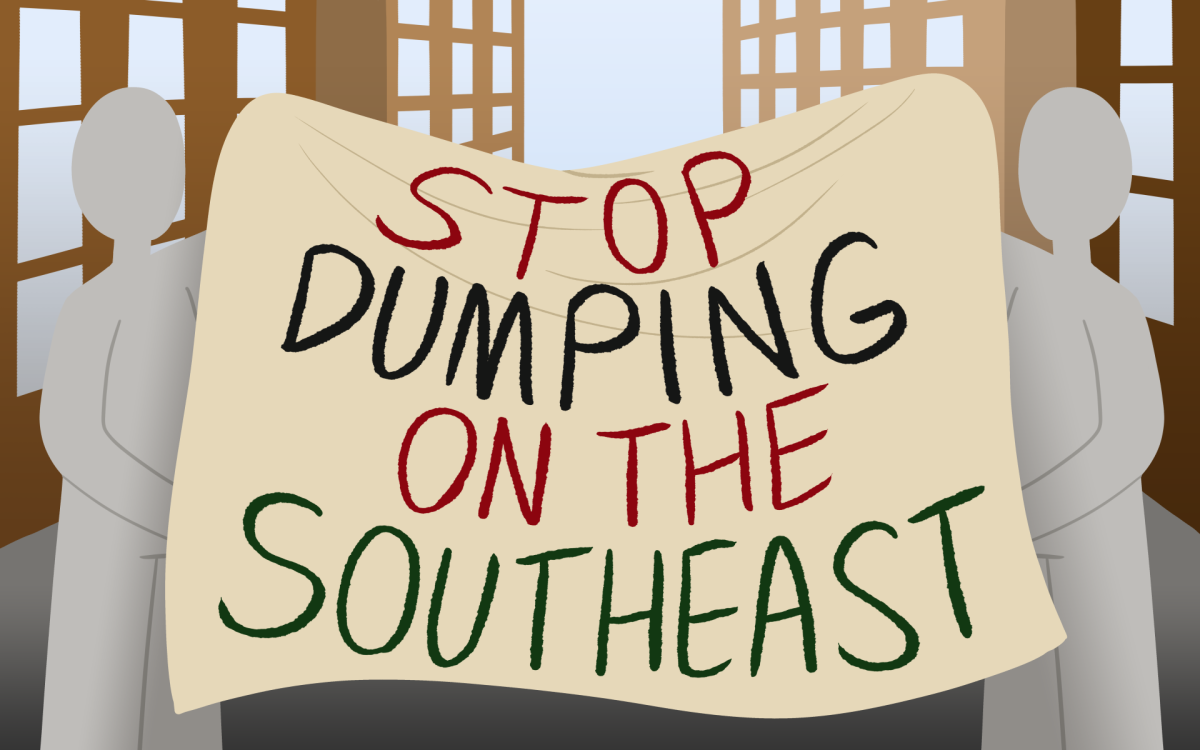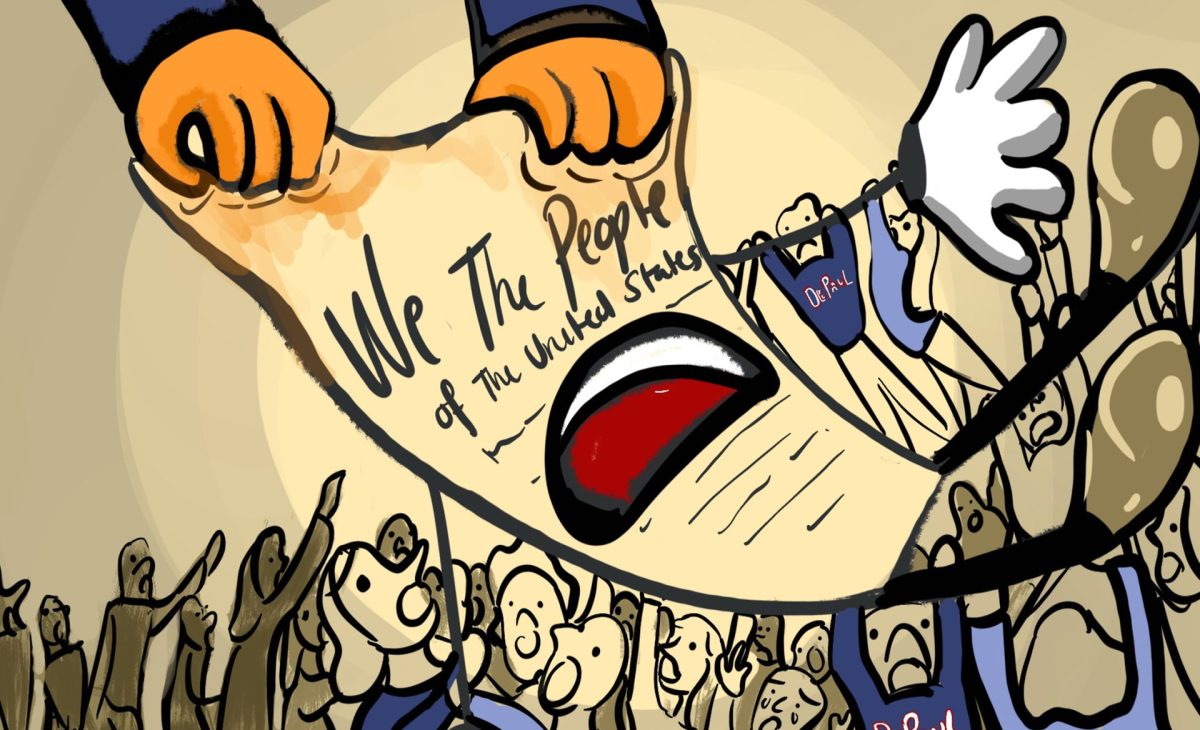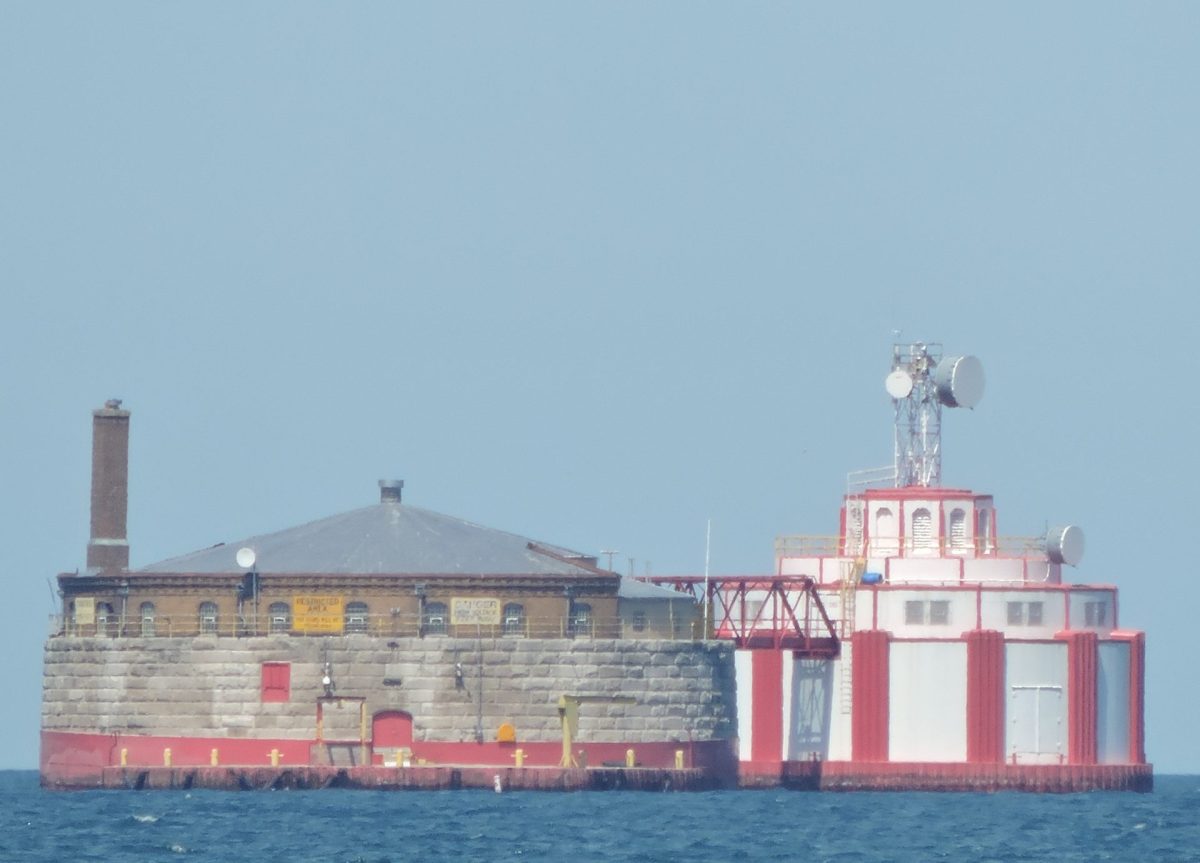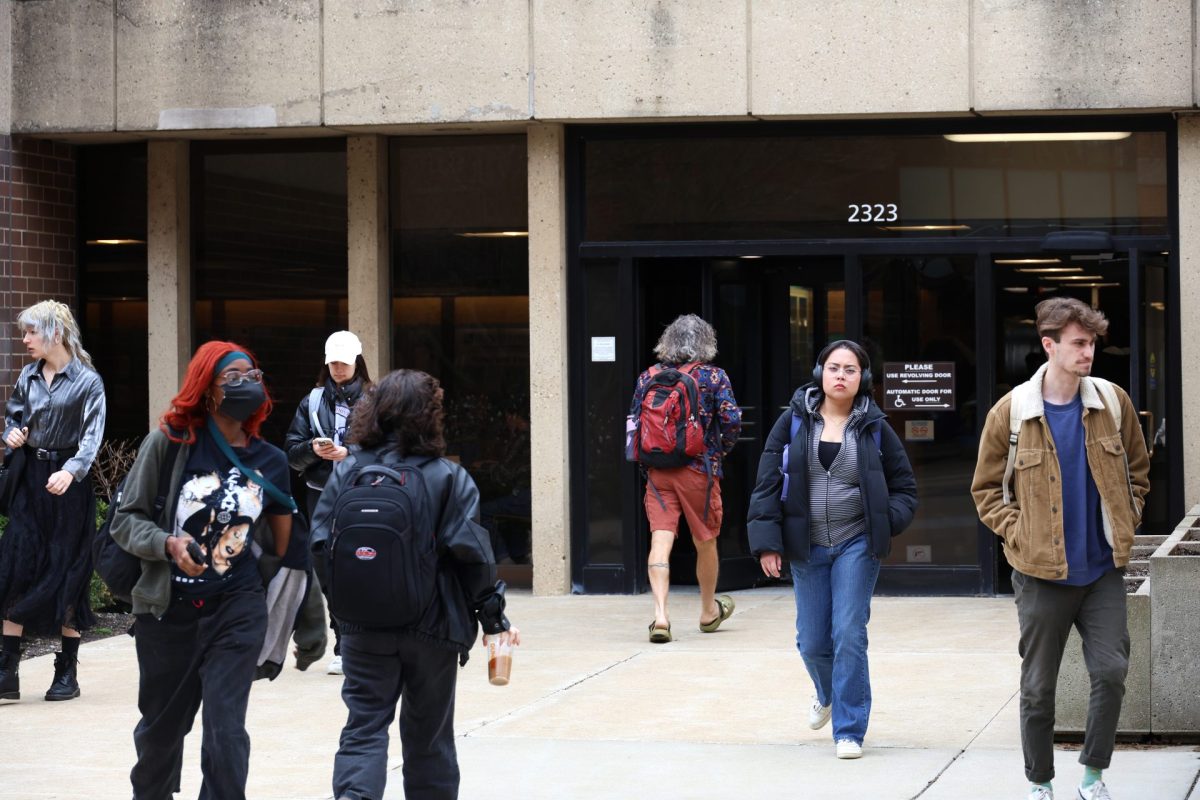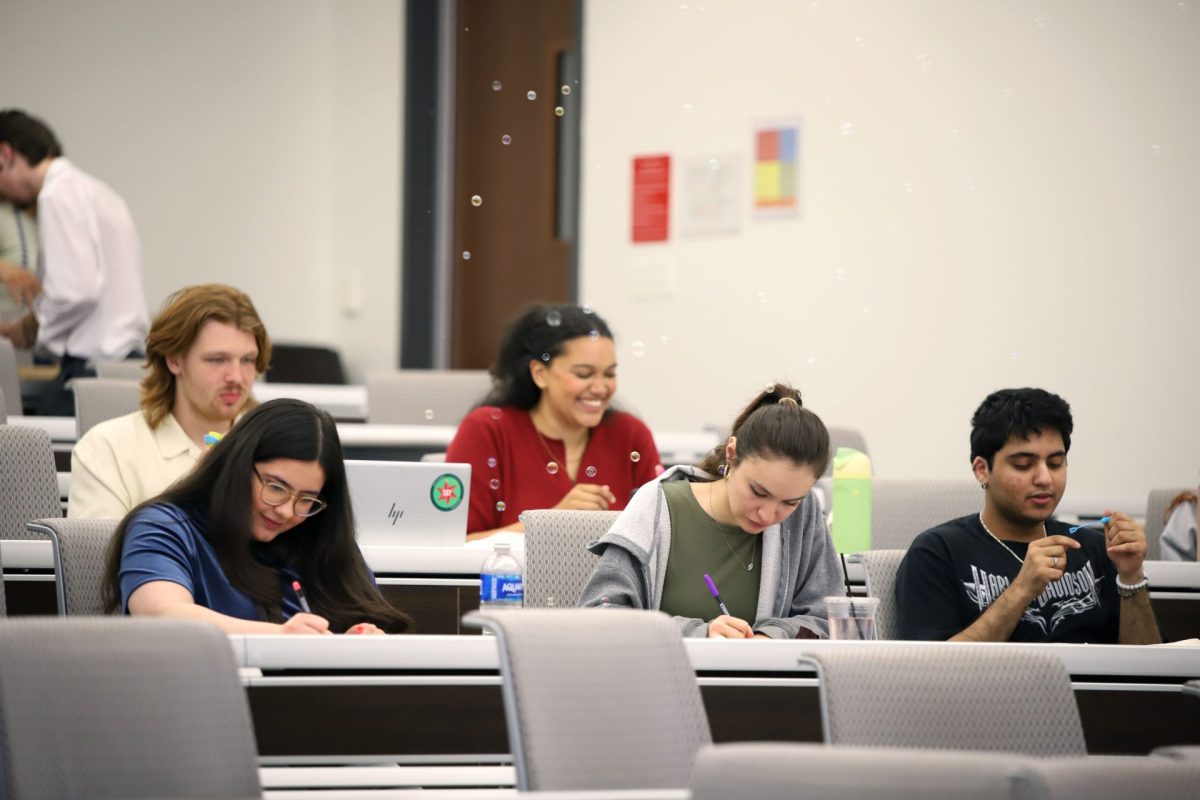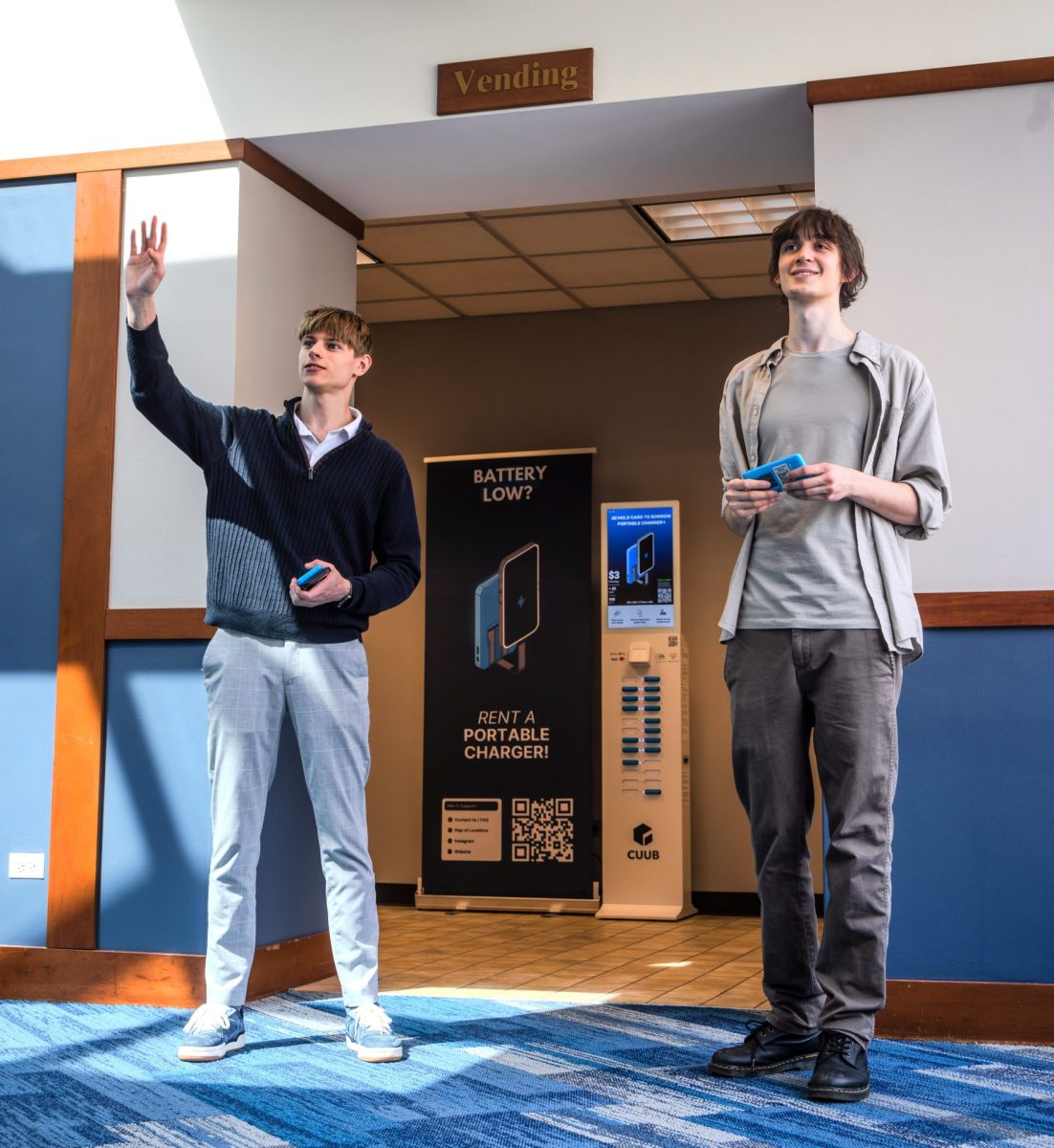Brandon Johnson unveiled a series of proposed environmental policies Sept. 18 in response to a federal U.S. Department of Housing and Urban Development (HUD) investigation that started in 2020. The investigation found the City of Chicago is violating residents’ civil rights by historically concentrating polluting industries in Black and Brown communities.
Johnson responded by releasing a series of reforms targeted at ending environmental burdens on South and West Side communities.
Johnson centered these policies around ensuring better response times to environmental complaints, air monitoring systems to measure and reduce air pollution and emphasizing public engagement in the planning and development process.
Southeast Side residents filed a complaint to the federal government in 2020, protesting the relocation of the General Iron scrap metal plant from Lincoln Park to the Southeast Side, a neighborhood already burdened by heavy industry.
The HUD investigation found Chicago historically relocates polluting industries from white neighborhoods to areas with predominantly Black and Brown residents.
Consistent industrial development in South and West Side neighborhoods creates “sacrifice zones,” where the health and safety of residents is sacrificed for development, according to the National Resource Defense Council.
According to professor of environmental science and studies Mark Potosnak, this relocation pattern is common in Chicago’s development narrative.
“When I got to Lincoln Park, there was still industry, there was a steel mill, and they shut it down because it was too close to wealthy, affluent Lincoln Park,” Potosnak said. “It is disheartening to see this repetitive pattern.”
The investigation bound Johnson’s administration and the city to work with various Chicago environmental justice organizations to “alleviate existing and prevent future environmental burdens, such as pollution and its negative health effects, and increase opportunities for environmentally burdened communities to participate in decision-making processes,” according to the agreement.
Oscar Sanchez, co-executive director of the Southeast Environmental Task Force and one of the environmental justice organizations that worked with Johnson’s administration, reveals that the City has not given proper resources to research the health impacts of concentrating pollutants in minority neighborhoods.
Environmental justice organizations like SE Task Force started collecting their own data in 2020 to prove the negative health impacts due to toxic industries.
“As of right now, the HUD investigation uses our data through UIC and other institutions to create a data book about the health impacts happening in our community,” Sanchez said.

The campaign against General Iron is not a new fight. Protests began under former Mayor Lori Lightfoot’s administration in 2020.
Lightfoot eventually denied the permit, preventing the relocation of the scrap-metal operations to East 116th Street, and signed an agreement with Biden’s administration before Johnson’s inauguration last spring.
The owner of General Iron resubmitted a permit application despite the initial denial last year.
This request was blocked by Cook County Circuit Judge Allen Walker Sept. 5, and General Iron, rebranded as Southside Recycling, will remain closed.
Sanchez says that the fight against General Iron is far from over.
“To talk about HUD is to talk about how the agreement states that if the grant is given to General Iron at any moment, the case will be reopened,” Sanchez said.
Barbara Willard, DePaul professor and expert in environmental communications, remains skeptical that Johnson will be able to implement his proposed environmental justice promises.
“I see lots of hopes and dreams, but can he implement it?” Willard said. “Chicago is an incredibly complex political system in terms of the varied interests and all the wards … [Johnson] only has so much power.”
Potosnak points to the continued environmental promises of previous mayoral administrations, with little action actually seen.
“Mayor after mayor has come in with nice sounding environmental policies,” Potosnak said. “It’s really hard to evaluate the policies, you have to evaluate the actions.”
However, due to the federal investigation and involvement, Willard said Johnson is “federally required” to follow through on his environmental justice policies.
Willard said one of the biggest impacts of concentrating polluting industries in certain neighborhoods is health.
This includes higher rates of asthma and particular types of cancer associated with toxins which come from polluting industries.
Through a health impact assessment, the Chicago Department of Public Health found residents on the Southeast Side to be most vulnerable to air pollution, resulting in higher rates of coronary heart disease and COPD compared to other neighborhoods throughout the city.
Sanchez also points to life expectancy discrepancies, with life expectancy in Englewood falling to 72, compared to 82.3 in Lincoln Park, according to data from the city.
Sanchez identifies the fight for environmental justice and against General Iron as an intersectional public health issue, however, he said it is not often viewed this way by the government.
“You have to look at health holistically and intersectionality,” Sanchez said. “It’s about putting health above profit. This intersects with everything happening in our lives.”
Along with the physical health impacts that stem from living in proximity to polluting industries, Sanchez says that environmental discrimination can have grave mental health impacts.
There are over 400,000 lead water pipes in Chicago, and studies find that exposure to lead can create behavioral problems in children.
“We are facing the ramifications of negligence,” Sanchez said. “It is the quality of someone’s mind that’s actually being contaminated.”
As the fight for environmental justice continues in Chicago, many remain hopeful that Johnson’s background and support for community organizing will lead to action.
“I think he genuinely respects the grassroots and community involvement,” Willard said. “I think we have a friend in Brandon Johnson when it comes to community organizing.”
Moving forward, environmental justice must be viewed from a more intersectional and individual lens, according to Sanchez.
“We need to address health needs and look at a person as a person and not a data point,” Sanchez said. “Each one of those people is a walking hope and dream.”



